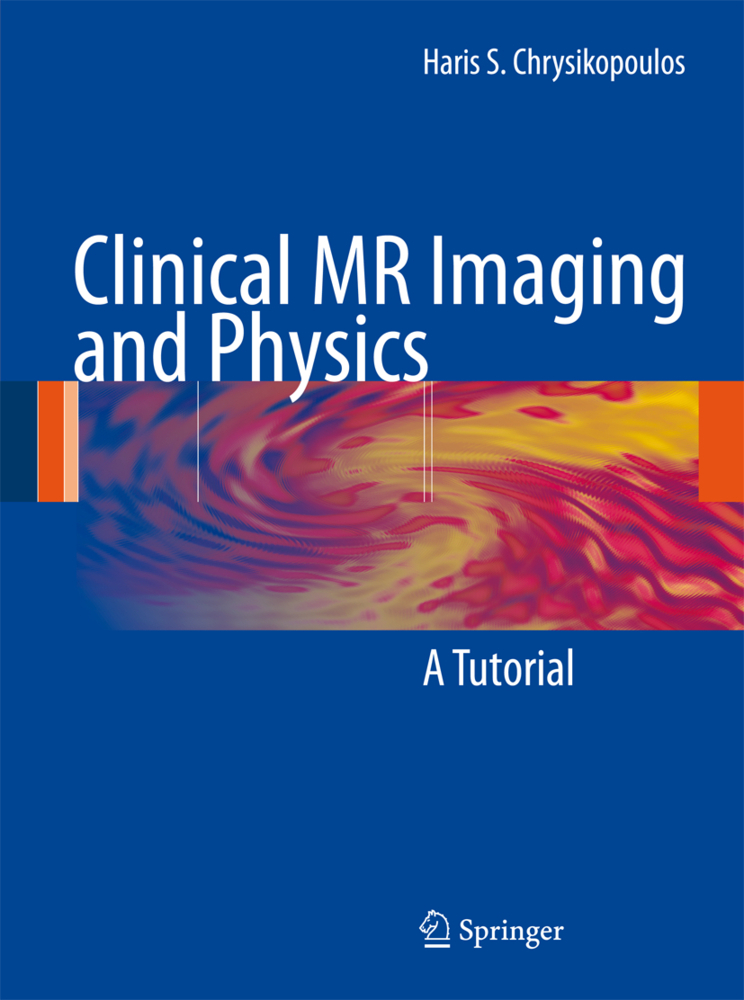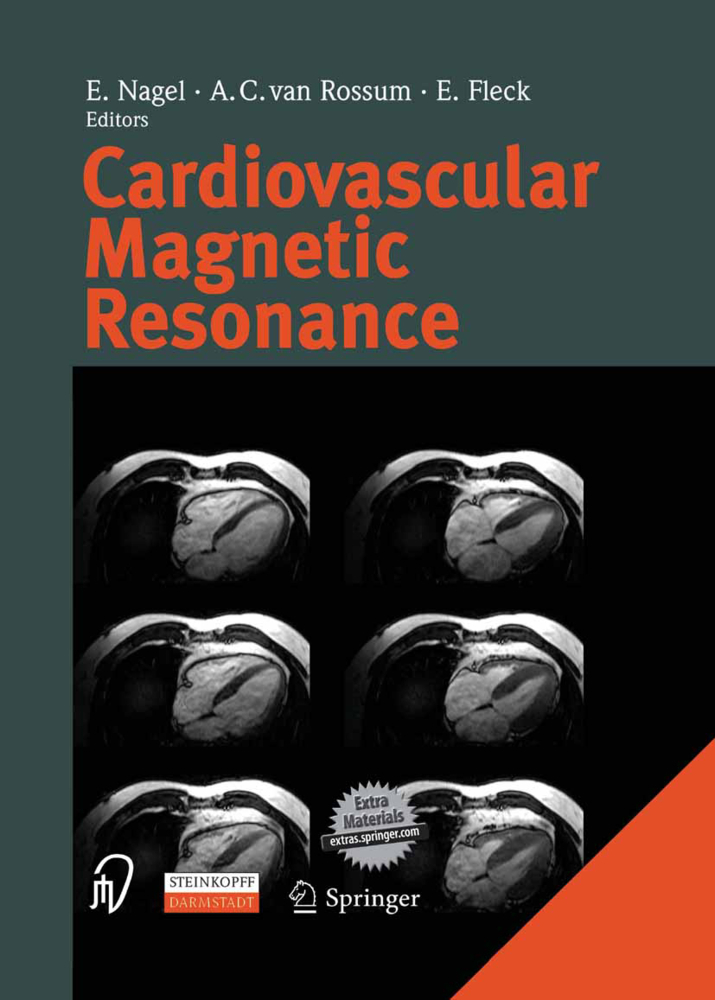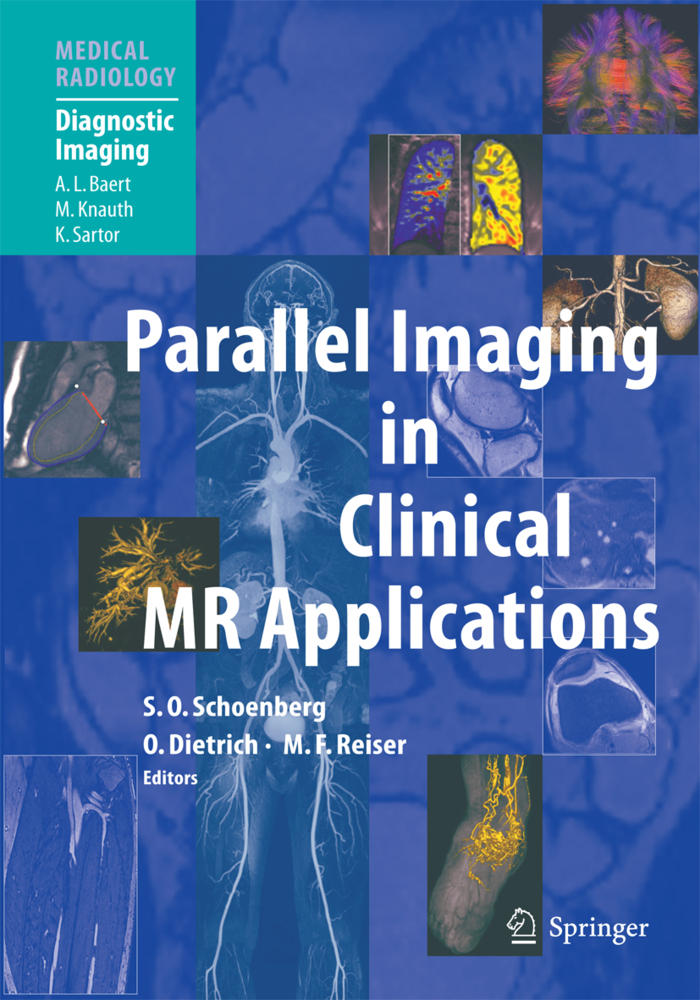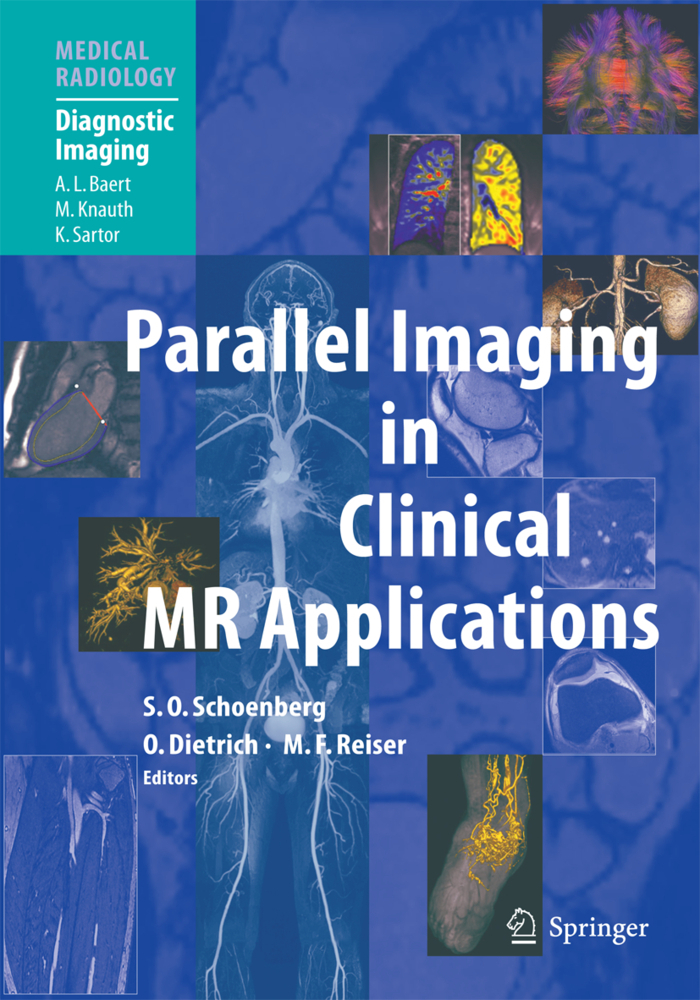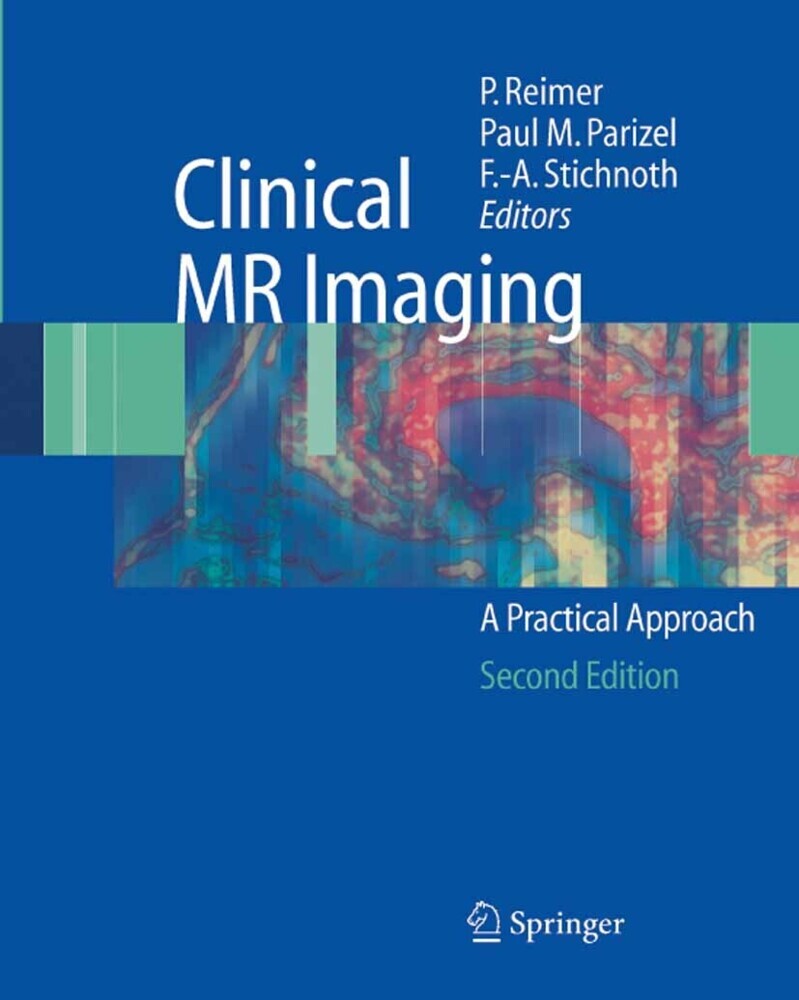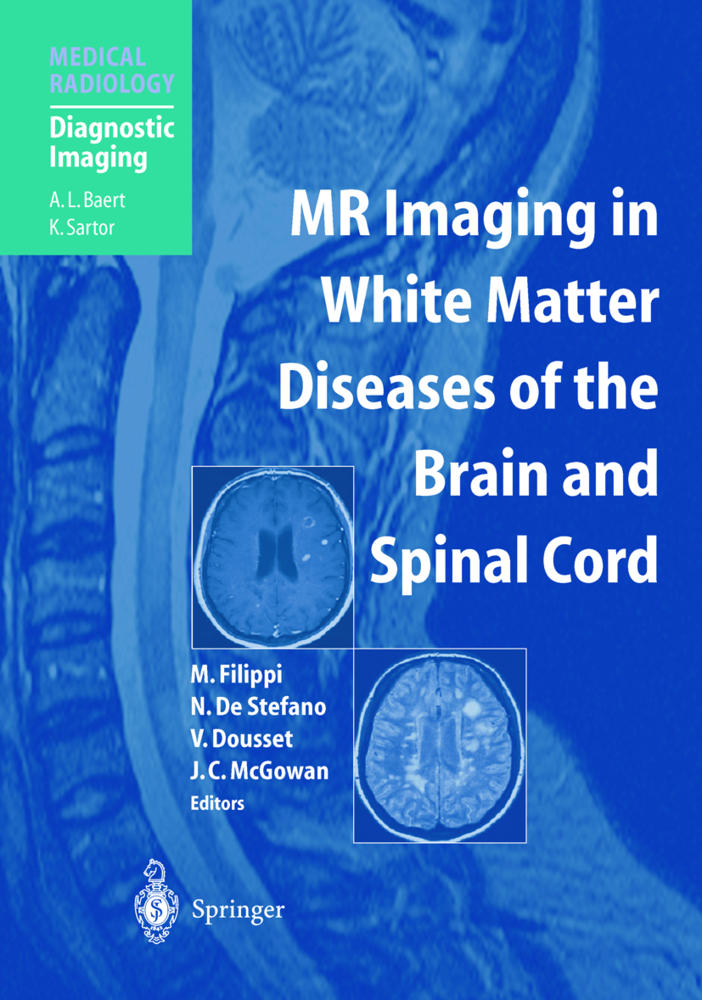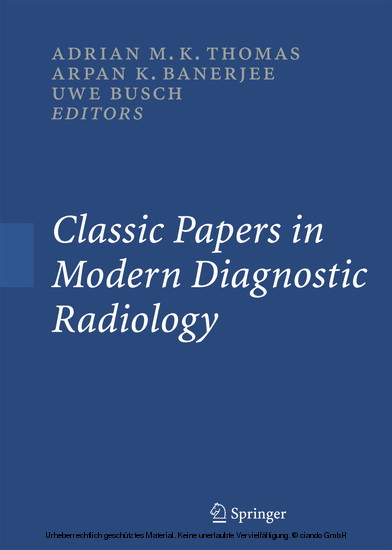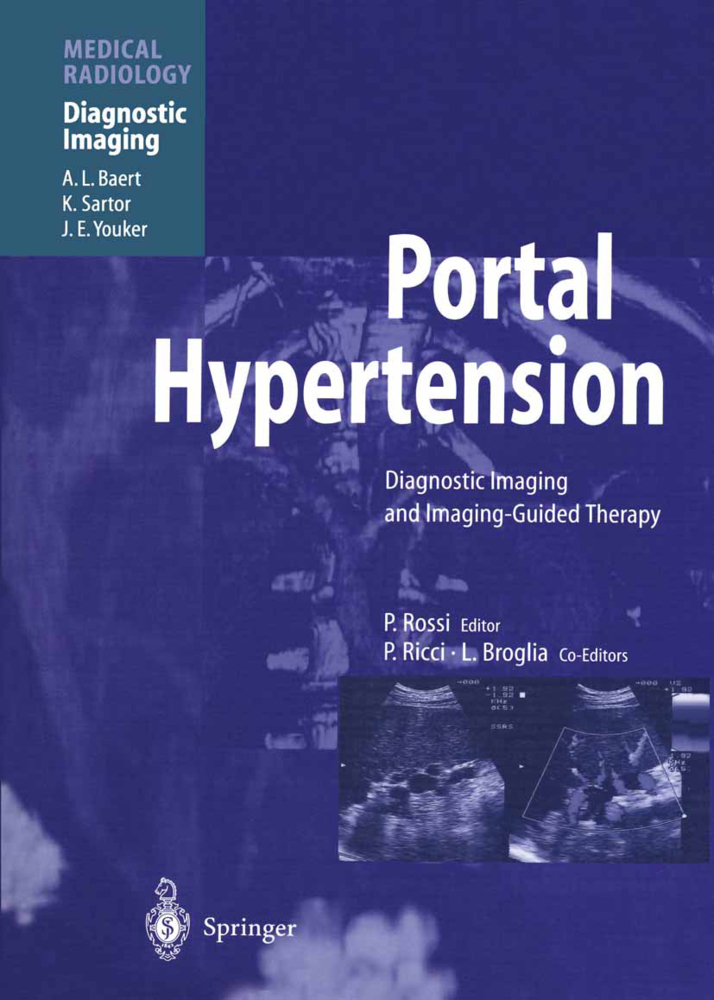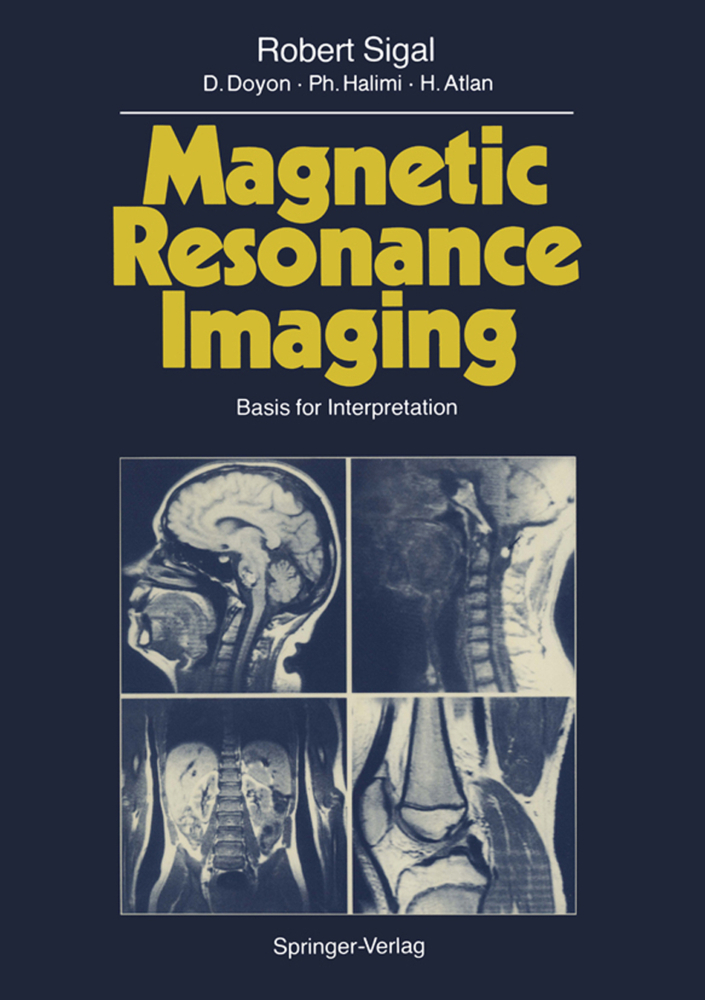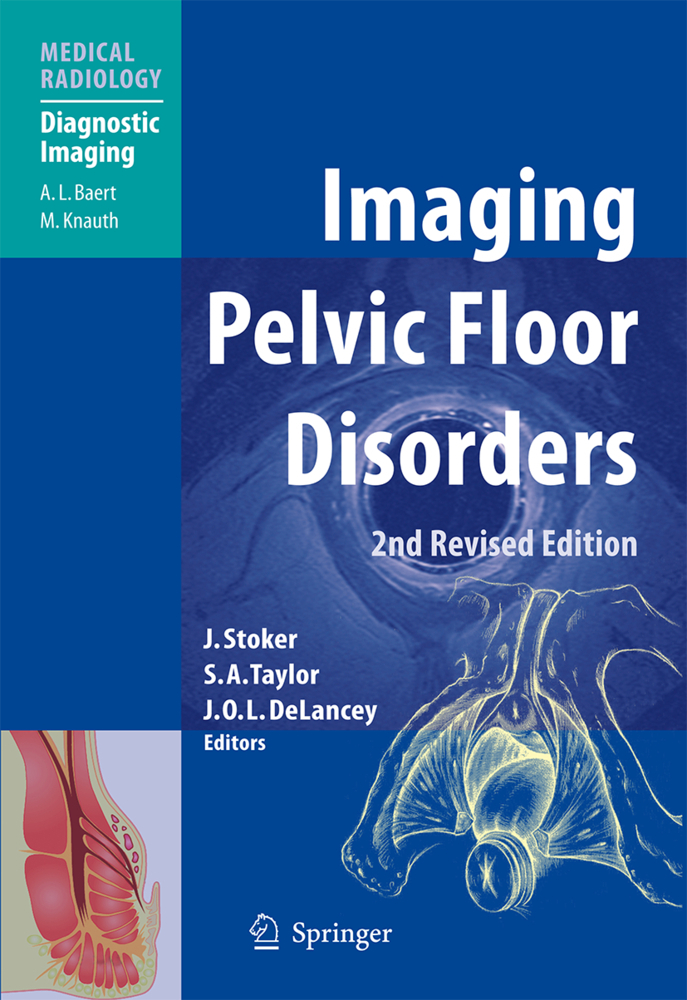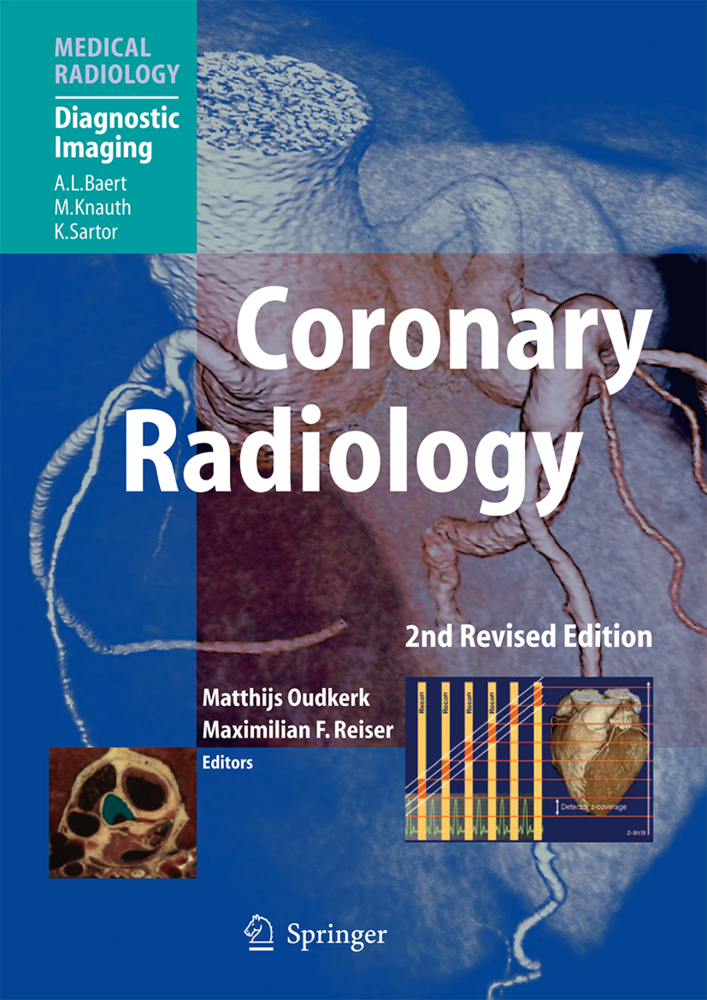Keywords Spin Electromagnetic radiation Resonance Nucleus Hydrogen Proton Certain atomic nuclei possess inherent magnetic Let us summarize the MRI procedure. Te patient properties called spin, and can interact with electro- is placed in a magnetic feld and becomes temporarily 1 magnetic (EM) radiation through a process called magnetized. Resonance is achieved through the - resonance. When such nuclei absorb EM energy they plication of specifc pulses of EM radiation, which is proceed to an excited, unstable confguration. Upon absorbed by the patient. Subsequently, the excess - return to equilibrium, the excess energy is released, ergy is liberated and measured. Te captured signal producing the MR signal. Tese processes are not is processed by a computer and converted to a gray random, but obey predefned rules. scale (MR) image. Te simplest nucleus is that of hydrogen (H), con- Why do we need to place the patient in a m- sisting of only one particle, a proton. Because of its net? Because the earth s magnetic feld is too weak to abundance in humans and its strong MR signal, H be clinically useful; it varies from 0. 3 0. 7 Gauss (G). is the most useful nucleus for clinical MRI. Tus, foC r urrent clinical MR systems operate at low, mid or our purposes, MRI refers to MRI of hydrogen, and for h igh feld strength ranging from 0. 1 to 3.
Macroscopic Magnetization
Macroscopic Magnetization Revisited
Excitation Phenomena
T1 Relaxation (Longitudinal or Spin-Lattice Relaxation)
T2 Relaxation (Transverse or Spin Spin Relaxation)
Magnetic Substrates of T1 Relaxation
Magnetic Substrates of T2 Relaxation
Proton (Spin) Density Contrast
Partial Saturation
Free Induction Decay
Spin Echo
Integration of T1, T2, and Proton Density Phenomena
Inversion Recovery
Image Formation Fourier Transform Gradients
Gradient Echo Imaging
Pulse Sequences
Fast or Turbo Spin Echo Imaging
Selective Fat Suppression
Chemical Shift Imaging
Magnetization Transfer Contrast
Diffusion
Artifacts
Noise
Imaging Time
Resolution
Contrast Agents
Blood Flow
MR Angiography
Basics of MR Examinations and Interpretation.
Resonance
Electromagnetic FieldsMacroscopic Magnetization
Macroscopic Magnetization Revisited
Excitation Phenomena
T1 Relaxation (Longitudinal or Spin-Lattice Relaxation)
T2 Relaxation (Transverse or Spin Spin Relaxation)
Magnetic Substrates of T1 Relaxation
Magnetic Substrates of T2 Relaxation
Proton (Spin) Density Contrast
Partial Saturation
Free Induction Decay
Spin Echo
Integration of T1, T2, and Proton Density Phenomena
Inversion Recovery
Image Formation Fourier Transform Gradients
Gradient Echo Imaging
Pulse Sequences
Fast or Turbo Spin Echo Imaging
Selective Fat Suppression
Chemical Shift Imaging
Magnetization Transfer Contrast
Diffusion
Artifacts
Noise
Imaging Time
Resolution
Contrast Agents
Blood Flow
MR Angiography
Basics of MR Examinations and Interpretation.
Chrysikopoulos, Haris S.
| ISBN | 978-3-540-77999-5 |
|---|---|
| Artikelnummer | 9783540779995 |
| Medientyp | Buch |
| Copyrightjahr | 2008 |
| Verlag | Springer, Berlin |
| Umfang | IX, 176 Seiten |
| Abbildungen | IX, 176 p. |
| Sprache | Englisch |

